Microsoft and Steelcase unlock creativity at work
Companies present concepts for the future of the workplace – Creative Spaces – designed to harness people’s creative potential and help businesses thrive.

Creativity as a transformative asset
A recent PricewaterhouseCoopers 2016 CEO Survey cited creativity as one of the key skills needed for employees today. Furthermore, CEOs have said creativity is the most challenging skill to recruit and retain in employees. Visionary business leaders know that in order to succeed in tomorrow’s economy, where productivity will be a given, they need to solve this problem by unlocking the creativity of their employees and then infusing that ingenuity into their company’s products, solutions, and business strategy.
Surface devices with Windows 10 exist to inspire and enable people to create more at home, school, work or anywhere else in their world. Steelcase is a global leader in workplace design and architecture and has designed innovative workplaces for more than 100 years.

Together, Steelcase and Microsoft believe that a thoughtfully designed workplace – that brings together the right mix of Technology and Space design- can unlock the creative potential of individuals and teams, stimulate ideas and accelerate business transformation.
This is not simply about creating new desks, chairs or conference rooms. This is about two committed partners coming together to reimagine what the workplace of the future will look like, paying close attention to the constantly evolving rhythm of people’s days, and creating physical spaces to help individuals and teams optimize their creative potential.
Introducing Creative Spaces
The first phase of the collaboration is the launch of new workspace environments designed with both space and technology in mind: Creative Spaces. Steelcase will showcase Creative Spaces in 10 of their WorkLife Centers worldwide including, New York City, San Francisco, Chicago, Los Angeles, Munich and London, with additional international markets to come. Creative Spaces are available exclusively through Steelcase.

Throughout a typical work day, people alternate between individual work, shoulder-to-shoulder work, and group work. Here’s a look at how Creative Spaces help to make the transitions between “me” time and “we” time seamless:
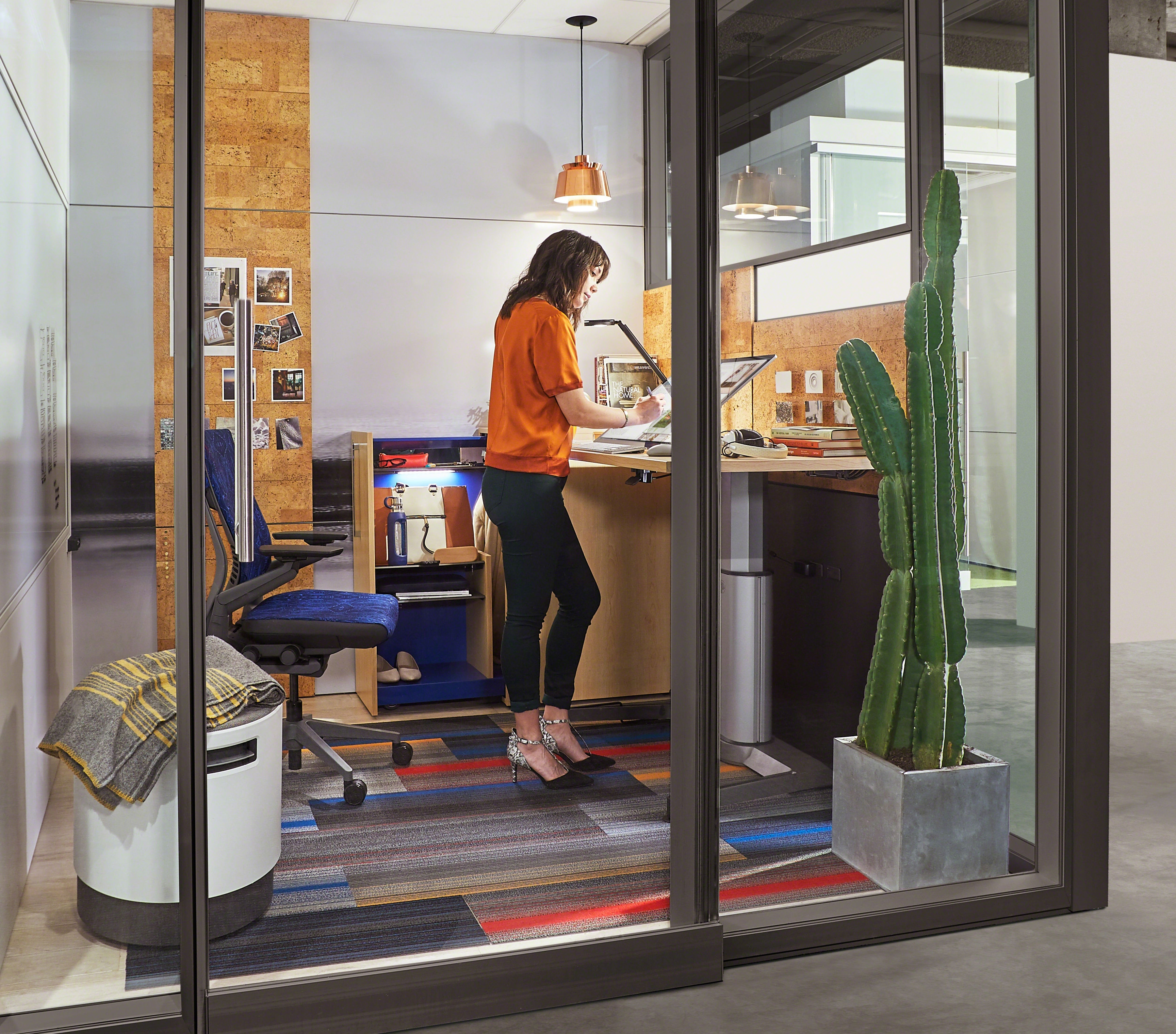
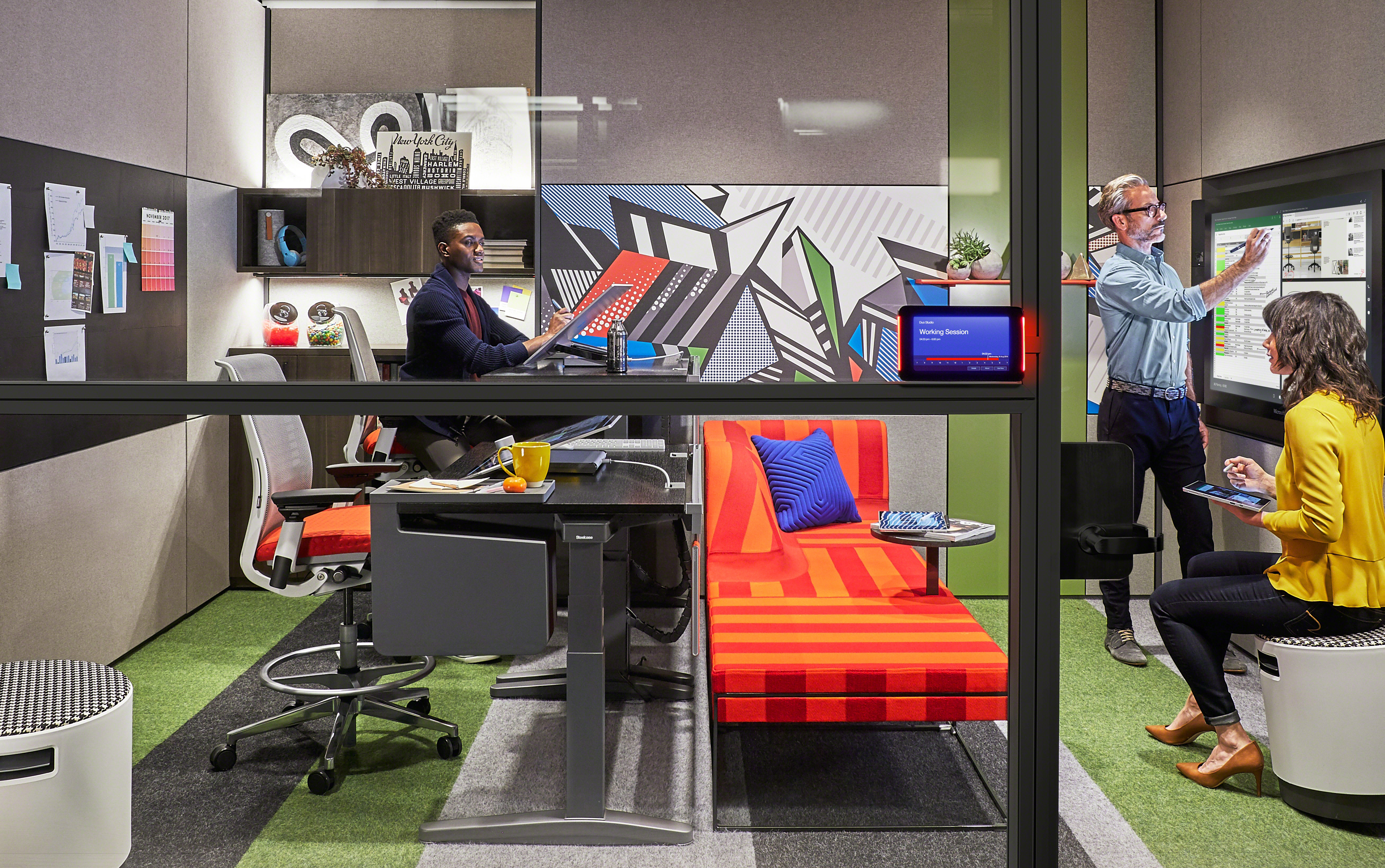
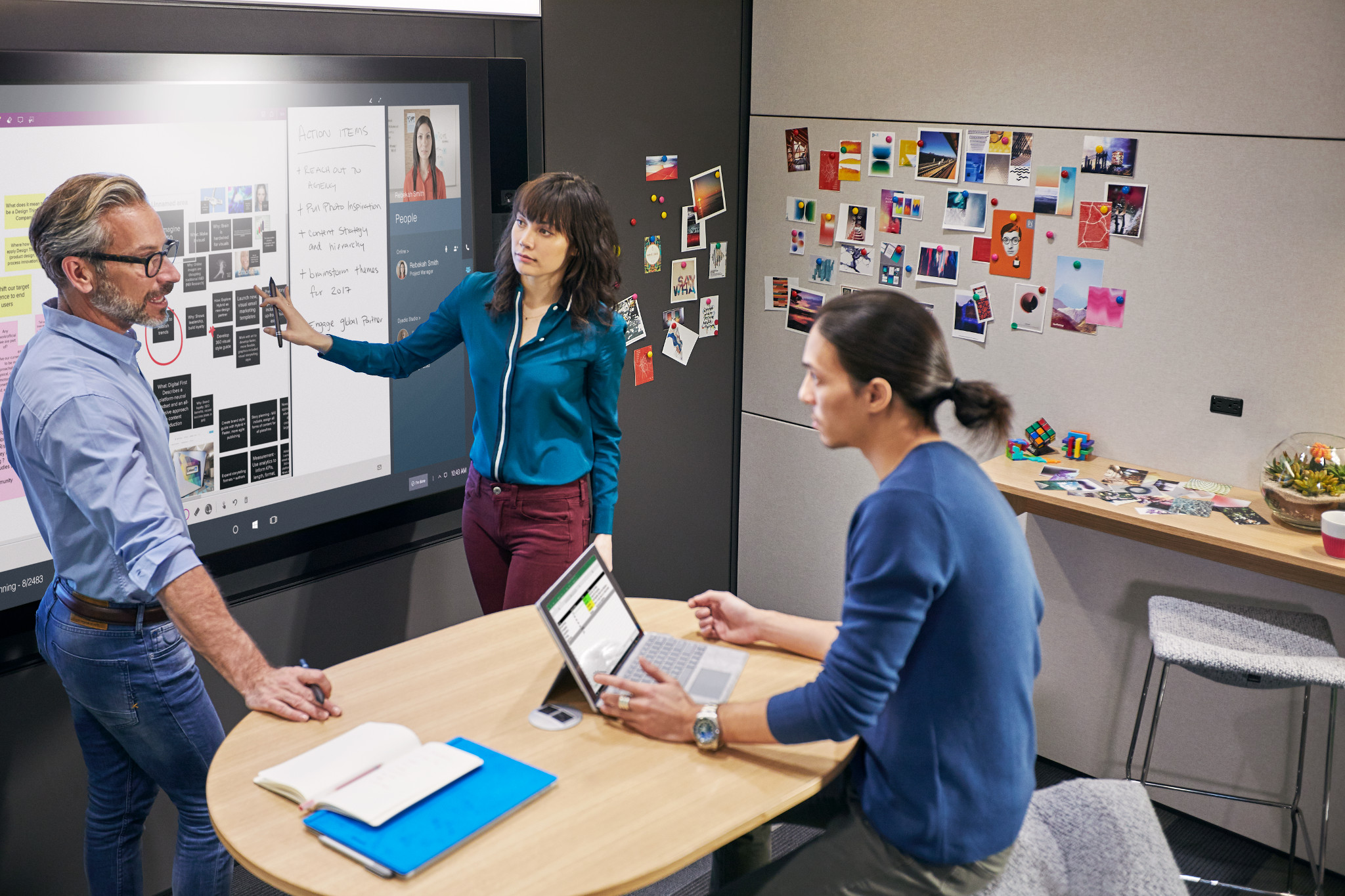
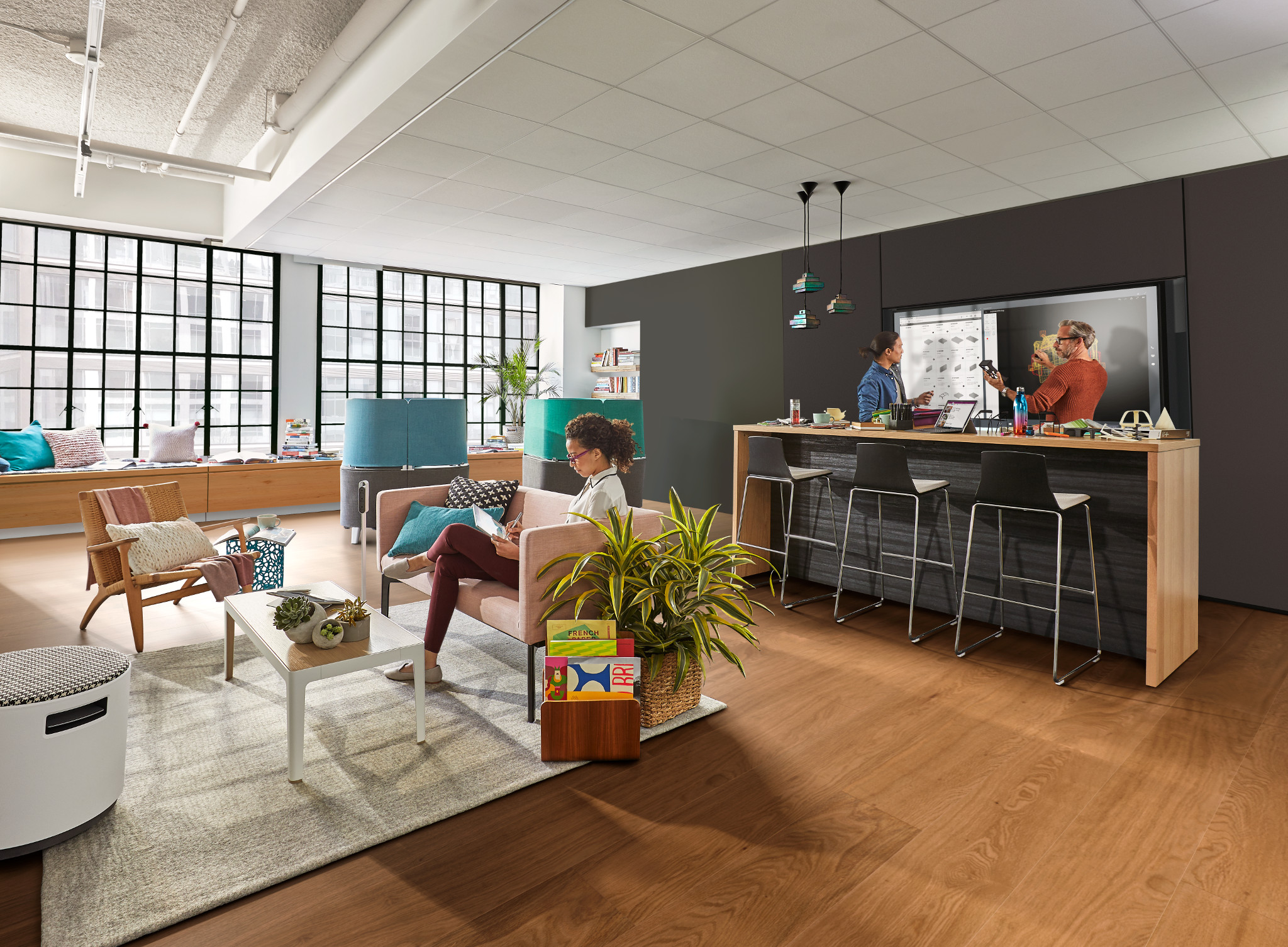
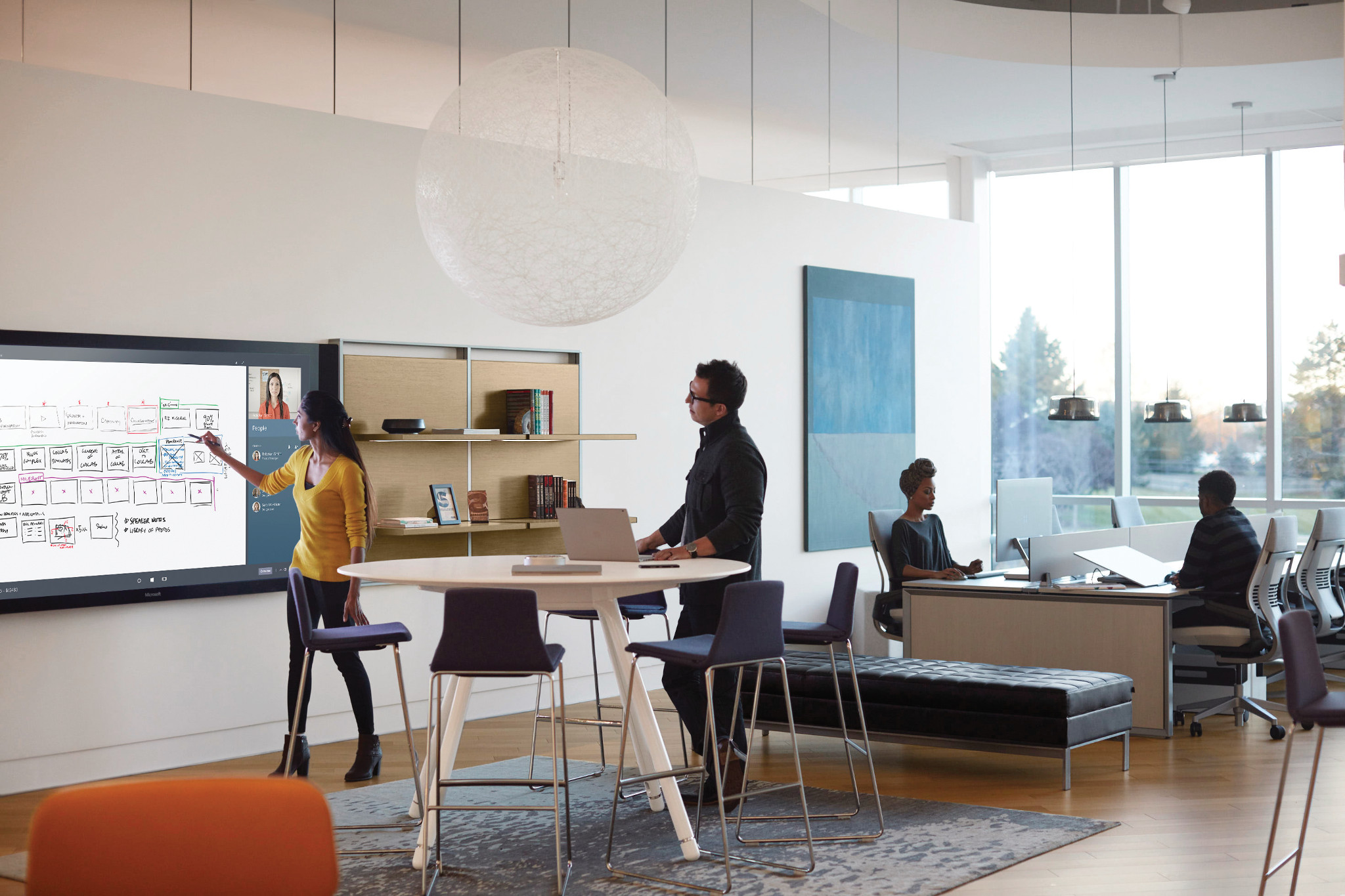
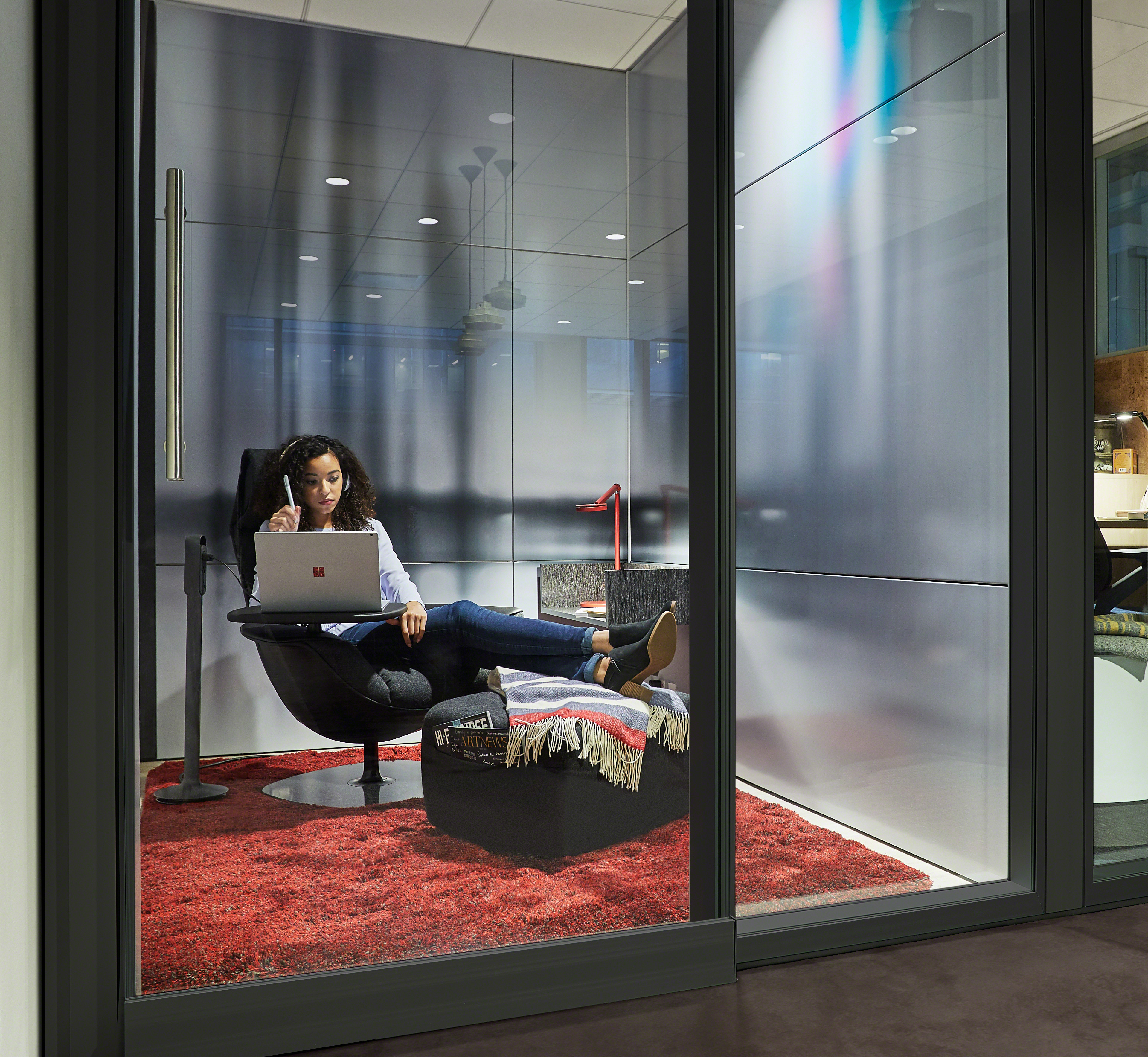
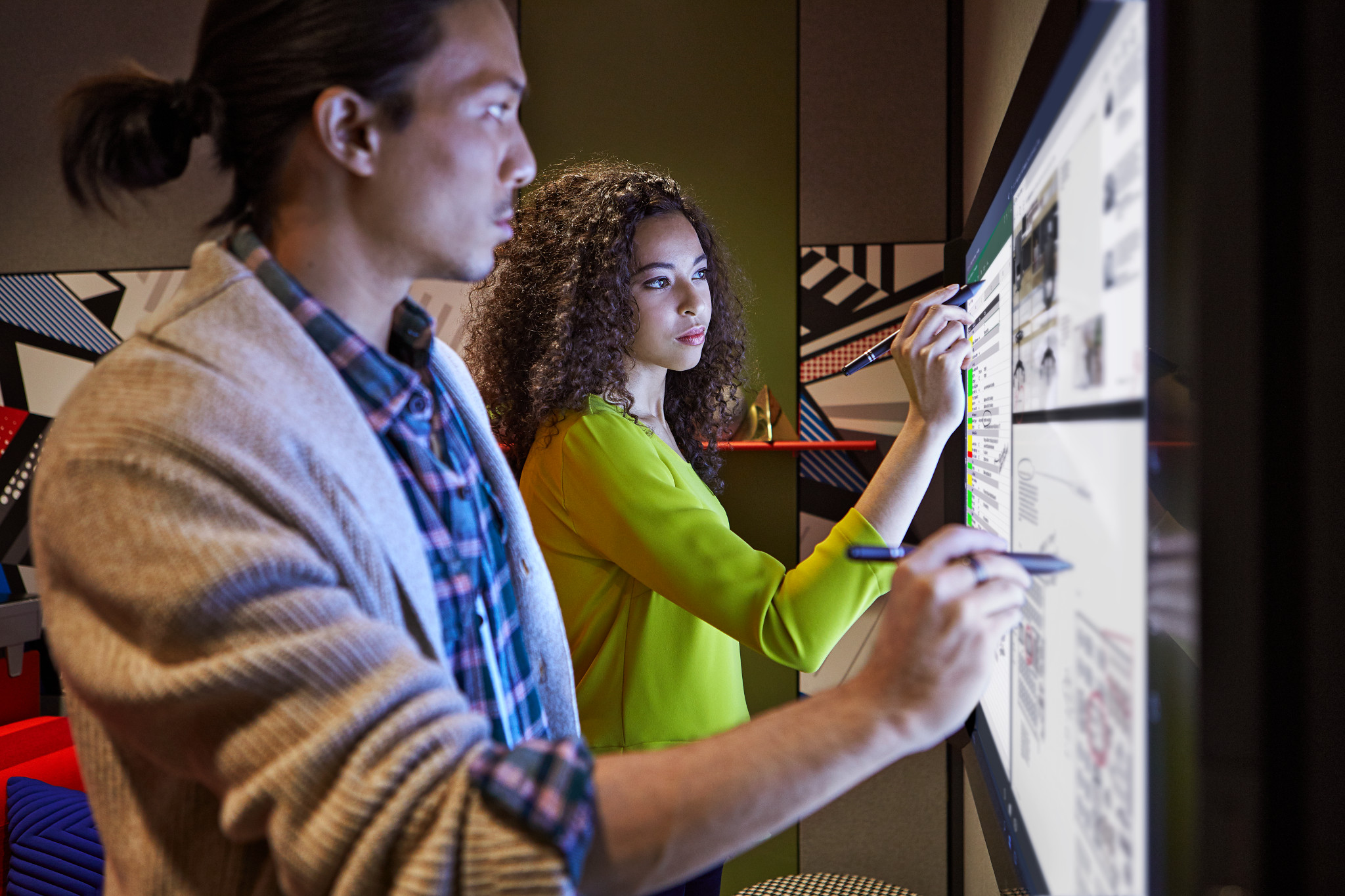
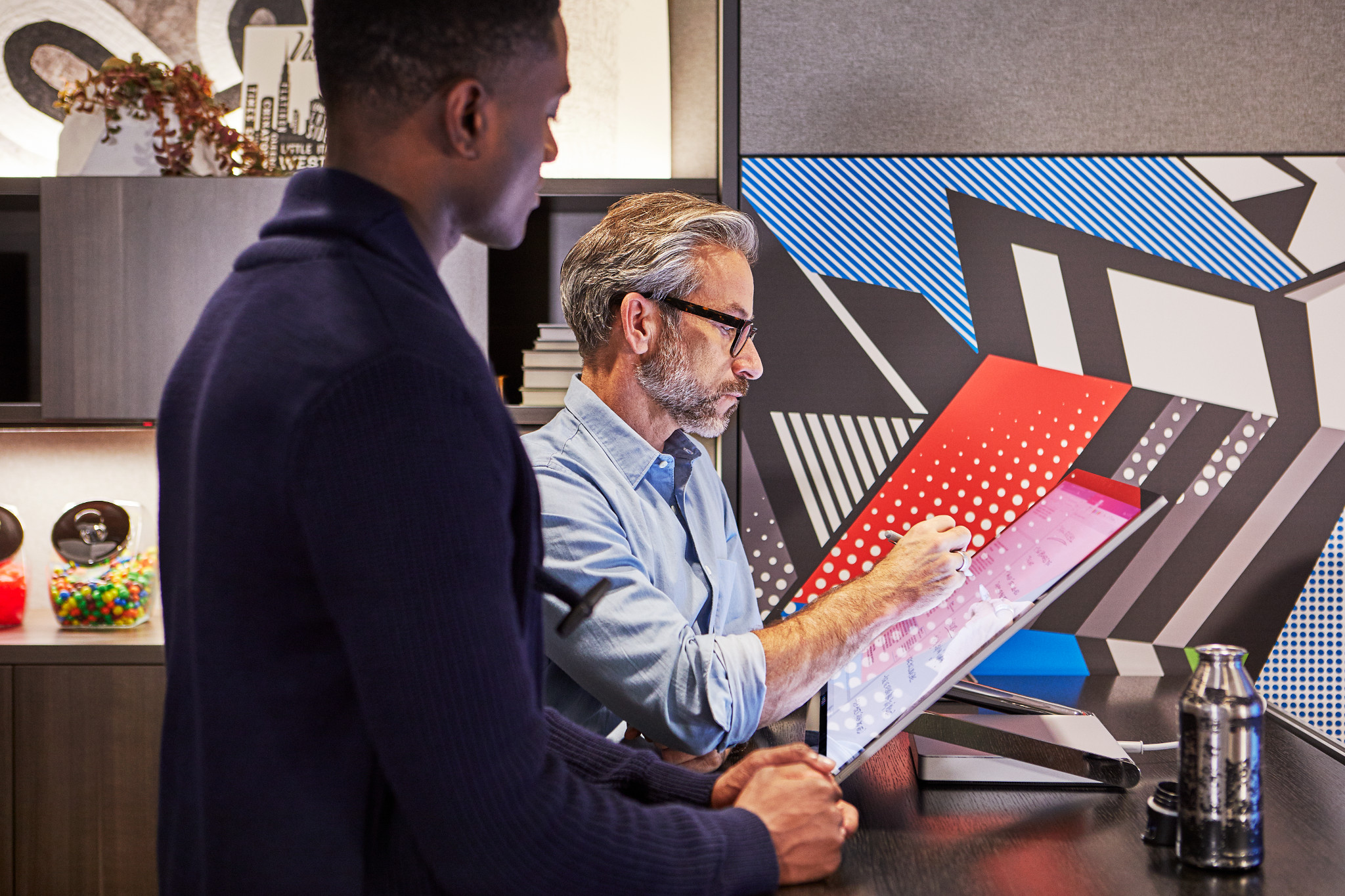
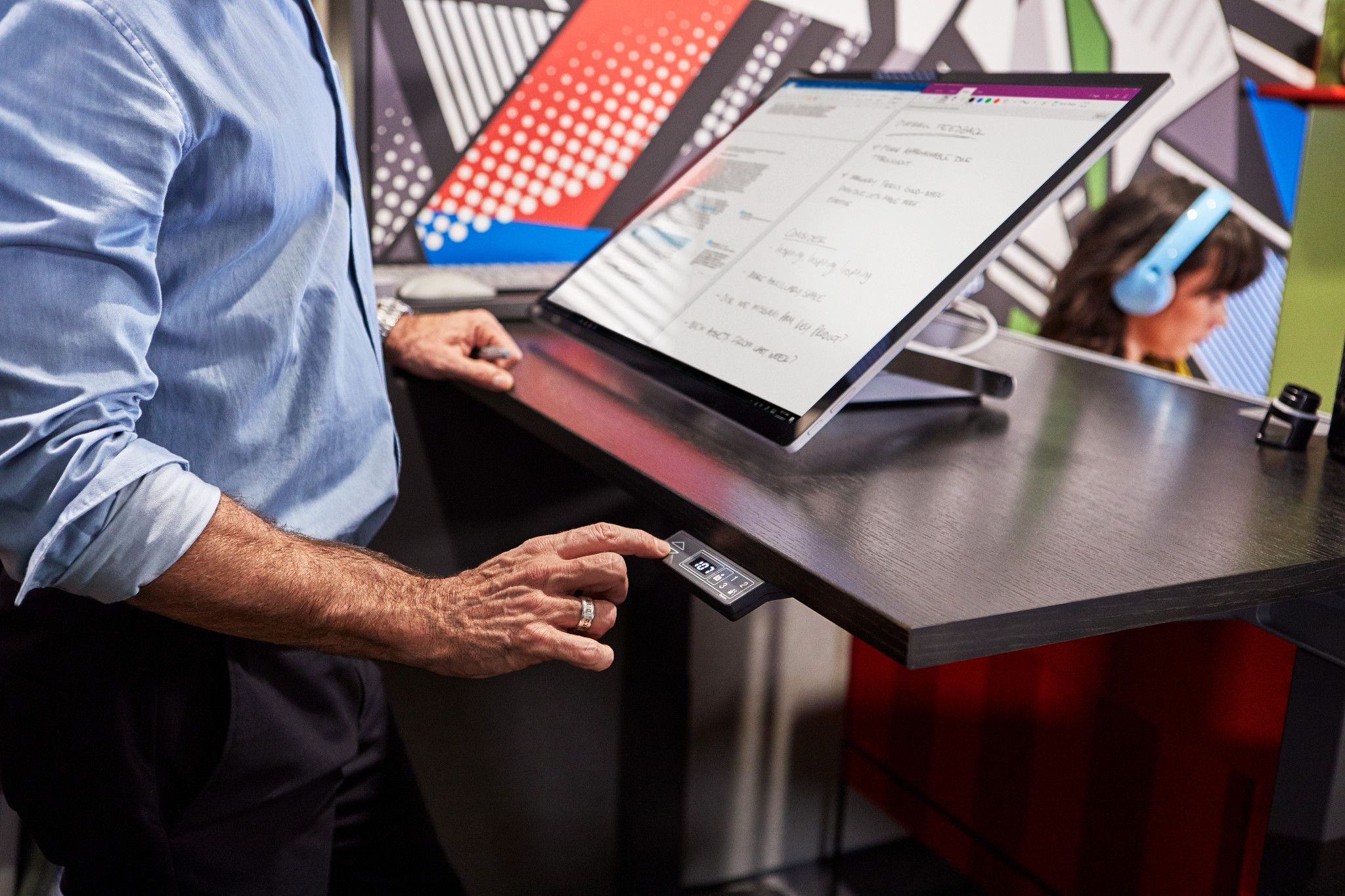
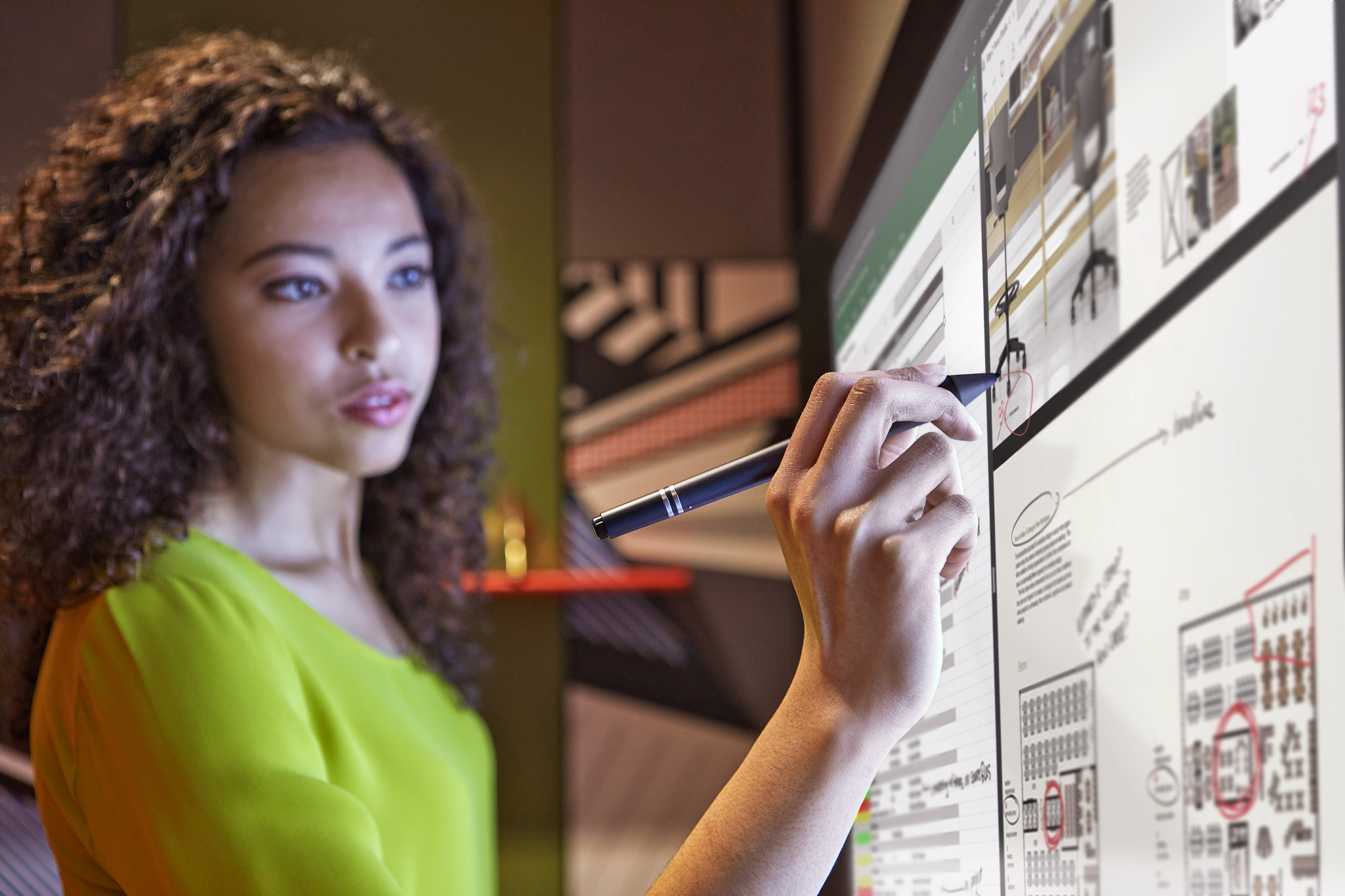
Select Steelcase dealers become Surface Hub resellers
We are also happy to announce that starting today select Steelcase dealers in the United States and Canada will start reselling Surface Hubs to their customers, with the United Kingdom and Germany coming online this Summer. Together we plan to announce additional markets in 2017.
More to come
Last, but not least, in the coming months, Steelcase will announce new technology-enabled workplace solutions built on Microsoft Azure IoT technology. These solutions will provide companies with analytics that improve workplaces and solutions to help employees find the best places to do diverse types of work within the office.

At Microsoft, we are proud to work with great partners, like Steelcase, who share our vision and understand the need for business leaders to look at their company’s digital transformation journey’s holistically. Digital transformation does not happen simply by procuring new devices or installing a new meeting room. Business Decision Makers and CXOs must work together to analyze and anticipate the needs of their employees and create scenarios – both digitally and physically – that help their most valuable assets, their teams, create and thrive.
For additional information you can visit this link on Creative Spaces and the partnership between Microsoft and Steelcase, you can also visit steelcase.com/creativity.

